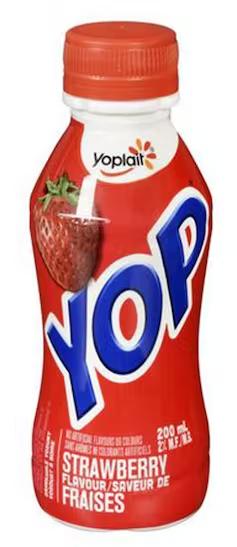Question
Write a summary of this article or you can choose any article about microeconomics and summarize it. Weather-sensitive products: adjusting prices and promotions to increase
Write a summary of this article or you can choose any article about microeconomics and summarize it.
Weather-sensitive products: adjusting prices and promotions to increase sales
It stands to reason that the weather can affect the sales of certain products – for example, more rainfall generally means that consumers purchase less sunscreen. But the phenomenon can go much further. In the UK market, warm summer weather led to a sales increase of 23% for frozen sweets and 10% for chilled drinks. In the US do-it-yourself market, stores reported falling sales of outdoor product categories due to poor weather. In the automobile industry, sales of convertibles increase by 5.4% when the temperature rises. In the US and Canada, McDonald’s added technology that allowed them to recommend products based on outside temperatures, but not adjust pricing.
Optimising profits based on the weather
Despite the clear influence of the weather on the sales of certain products, firms’ decisions on price, advertising or promotions can often be more a matter of habit than reason. Indeed, several marketing departments’ practices show that the links between the marketing decisions and the weather are still poorly understood. Understanding these links would give them a framework to better take the weather into account, and thus potentially increase sales and profits.
In a recent study, we help fill this gap by studying how price and advertising expenses can be adjusted to the outside temperature for “weather-sensitive” products.
The mapping of prices of such products on the French market shows discrepancies in the order of 20% within a same geographical region and between regions. Advertising expenditures can be concentrated on certain months of the year, sometimes reaching more than twice the annual average. Our study helps companies understand whether these practices of modulation in price and in advertising expenses are justified and how they can be optimised in relation to outdoor temperature.
Theoretical results of our study show that when the outside temperature increases, price and advertising expenditures should be increased when:
Demand is relatively insensitive to price changes;
Demand more sensitive to price changes than to advertising changes – that is, an increase in price impacts demand more than an increase in advertising expenditures of the same intensity.
Yop yogurt as the case study

We empirically tested our theoretical results for a well-known product in the French FMCG market, the drinkable yogurt Yop. The data used in our analysis included more than 1,300 sales and price observations over a period of three years at nine different regional levels as well as advertising expenses and outdoor temperature recordings from 1,100 weather stations all over the French metropolitan territory. We studied the relationship between temperature and price on the one hand, and between temperature and advertising expenditures on the other.
Estimates show that Yop’s demand is consistent with our theoretical model. It is not particularly price-sensitive (when price rises by 10%, demand falls only by 5%) and more sensitive to price than to advertising (when advertising expenditures rise 10%, demand increases by less than 1%). Most important, the price and the advertising expenses were shown to increase with the temperature.
In sum, our study can help firms better-set prices and advertising expenditures according to temperature. For brand products (monopolistic markets), the warmer it gets, the greater firms’ ability to increase prices and advertising while increasing sales. In such markets, rising temperatures strengthens the market power of brands. For managers and their consulting firms, our study provides conceptual tools confirmed by an empirical analysis that can lead to better-informed price and advertising decisions and, ultimately, improve profits.
Yoplait YOP CLC 200m STRAWBERRY GEMEINDRANS CES 24 ME FLAVOUR/SAVEUR DE FRAISES
Step by Step Solution
3.60 Rating (150 Votes )
There are 3 Steps involved in it
Step: 1
The demand of most of the products depends on the weather conditions for example the demand for suns...
Get Instant Access to Expert-Tailored Solutions
See step-by-step solutions with expert insights and AI powered tools for academic success
Step: 2

Step: 3

Ace Your Homework with AI
Get the answers you need in no time with our AI-driven, step-by-step assistance
Get Started


